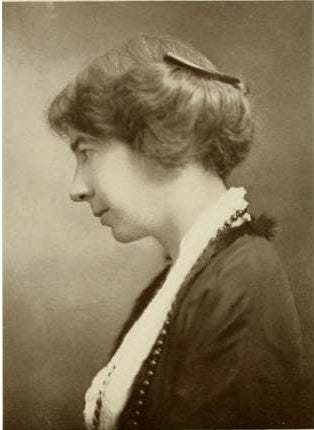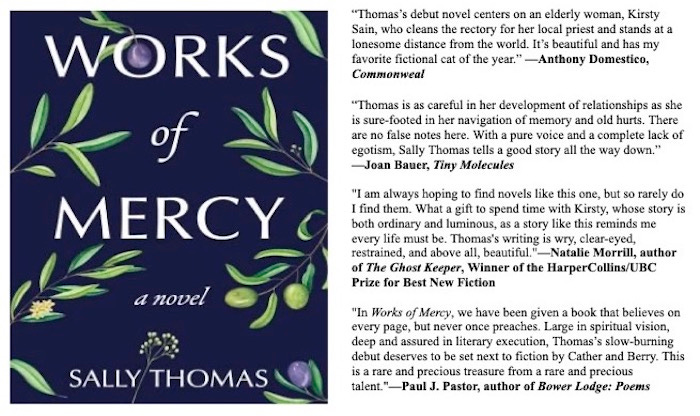
(In the early months of Poems Ancient and Modern, we presented to our relatively small initial audience several poems that seem worth reviving for the larger number of readers the newsletter has now. And so, over the past few weeks, we have revisited a few of those poems from our archive — now including Sara Teasdale’s “Blue Squills.”)
Blue Squills
by Sara Teasdale
How many million Aprils came Before I ever knew How white a cherry bough could be, A bed of squills how blue! And many a light-foot April, When life is done with me, Will lift the blue flame of the flower, The white flame of the tree. Oh, burn me with your beauty then, Oh, hurt me, tree and flower, Lest in the end death try to take Even this glistening hour. O shaken flowers, O shimmering trees, O sunlight white and blue, Wound me, that I, through endless sleep, May bear the scar of you! ═══════════════════════
A reviewer once described a collection of her poems as “a little volume of joyous and unstudied song.” But the poems of Sara Teasdale (1884–1933) strike me as neither joyous, exactly, nor at all unstudied. In a brief career cut even shorter by her suicide in 1933, Teasdale wrote poems about beauty: the springtime, the sharp brilliance of winter stars, fleeting moments of giddy love that could be described as joyous.
But reading these poems, you sense their joy as something paid out in finite quantities and always undercut by despair. Their quality is that of a vibrating string wound to its breaking point. And once you sense that brittle vibrancy, you sense as well that in the white space where the poem lapses into silence, the string might well go ahead and snap. Often it’s only Teasdale’s intensely studied formal control, evident even in unmetered, unrhymed poems, that holds things together long enough for the poem to reach its conclusion.

Today’s poem, “Blue Squills,” makes a characteristic Teasdale move: the conflation of beauty and joy with pain. Its ballad stanzas, alternating tetrameter with trimeter, echo Emily Dickinson’s common meter, and hint at the same hypersensitive awareness that we find in Dickinson. The poem begins with a triggering epiphany. Its speaker sees, as if for the first time, the intensity of the cherry bough’s whiteness, juxtaposed with the blue of the squills, or scilla, blooming beneath it. The colors, heightened by contrast to the level of paradox, blaze up in her vision: brilliant but fleeting, brief but perpetual as April itself.
The blooms will die before she does, yet returning year after year, they will also outlive her. Their glory impresses itself on her as suffering — a welcome suffering, because it means that at least in this moment she is alive and awake to beauty. If beauty is this kind of experience, not a joy so much as a wounding, then perhaps even in death she may hope to carry, “through endless sleep,” the memory of it, indelible as a scar.





In part tangential to the poem: "Light-foot April" reminds me of Housman's lines from "With Rue My Heart Is Laden": "By brooks too broad for leaping / The lightfoot boys are laid." Unlike ever-returning spring, we are light of foot only a short while.
In "The Case of Wagner," Nietzsche wrote: “'All that is good is easy, everything divine runs with light feet': this is the first principle of my æsthetics." I've no idea what Nietzsche might have made of Teasdale's poems, but they seem to carry their burden lightly, so that someone might carelessly read them as joyous and unstudied.
Sidenote: It's a little long (five sonnets written in terza rima), but Shelley's "Ode to the West Wind" might be a good poem to analyze here. His melodramatic line, "I fall upon the thorns of life, I bleed," seems all that Teasdale's poem is not.
I knew the name Sara Teasdale, I think, but none of her poems. Thanks for this one, with the interesting notes. I wonder whether anything in her personal life plays into the tone here, the thrill and the vulnerability, and the timing of it all. And that formal control, necessary somehow 🤔